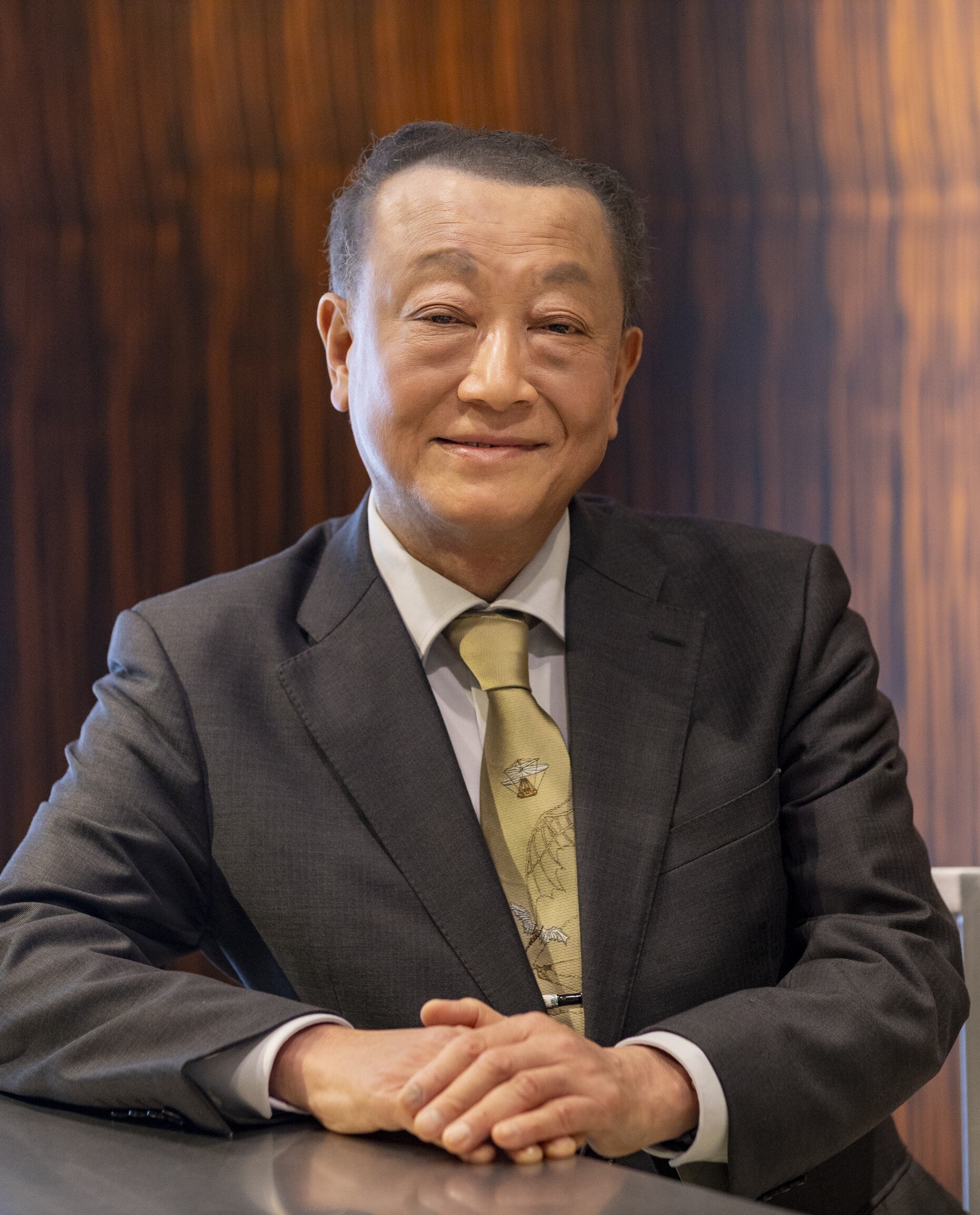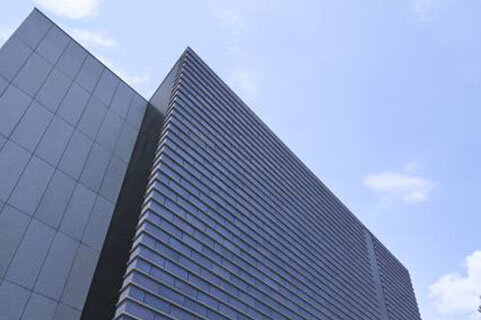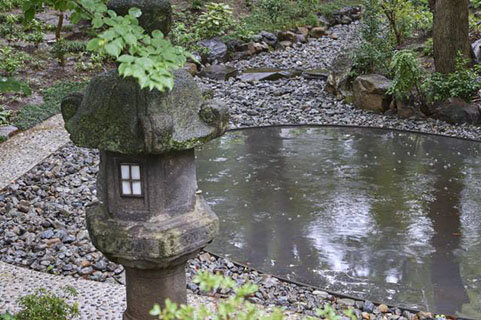Message from the Director
The Ebara Hatakeyama Museum, a distinguished private institution, is devoted to exhibiting ancient Japanese, Chinese, and Korean artworks, with a focus on tea ceremony utensils, calligraphy, ceramics, lacquerware, and Noh costumes. Our collection, comprising approximately 1,300 works, includes six National Treasures, such as the “Apple Blossoms” and Evening Bell at a Misty Temple, alongside 33 Important Cultural Properties, featuring tea utensils of the daimyo tea master Matsudaira Fumai and Noh costumes from the Kaga Maeda family.
Our founder, Issei Hatakeyama (1881–1971), acquired a 10,000-m² estate in Shirokane Sarumachi in the early Showa era, once the residence of Count Terashima Munenori. On this storied site, where an imperial Noh performance was held in 1880, he relocated an architectural relic from the Hannyaji Temple in Nara and the Noh stage of the Kaga Maeda family’s retainer, the Yokoyama clan, to create his private estate, Hannyaen. In 1964, he established the Hatakeyama Memorial Museum within this enclave, a sanctuary to share his vision and collection with society.
Renowned as “the last sukisha”, the last connoisseur of refined sensibilities and with a passion for the arts in the modern era,” Sokuō Issei Hatakeyama embraced the motto of advancing the welfare of society and its people. Born during the transformative Meiji Restoration, he was sustained by the generosity of others, which inspired his entrepreneurial endeavors rooted in a philosophy of “a philosophy of gratitude and reciprocity”. His numerous inventions bolstered Japanese industry, while his unwavering commitment to societal good defined his legacy. As a descendant of the Hatakeyama clan of Noto, he cherished Japan’s fading historical and cultural traditions, engaging personally in Noh performances and the tea ceremonies.
His dedication to collecting and preserving exceptional antiquities and tea utensils was driven by a resolve to revive “chanoyu” and prevent the loss of cultural treasures abroad. He hosted many tea ceremonies, invited many friends, and creatively reconstructed the tea ceremony. In business, he aimed to contribute to society through invention and domestic production. His tea ceremony and antique art collection were also carried out in this spirit of social contribution and were filled with new creations. Therefore, it is quite appropriate to call him “the last sukisha." His life was dedicated to creating a prosperous society and profound culture through technology and the arts.
After a four-and-a-half-year renovation, completed in the autumn of 2024, we refined the singular main building and added a new wing, offering enriched experiences and cultural exchange. This transformation has reborn the museum to meet the diverse needs of the world Art scene.
Inheriting the ideals of our founder, Sokuō Issei Hatakeyama, we reinterpret his vision for today’s multifaceted society and art community, exploring new domains and possibilities while sharing them and our results globally. We humbly seek your continued understanding and support.



